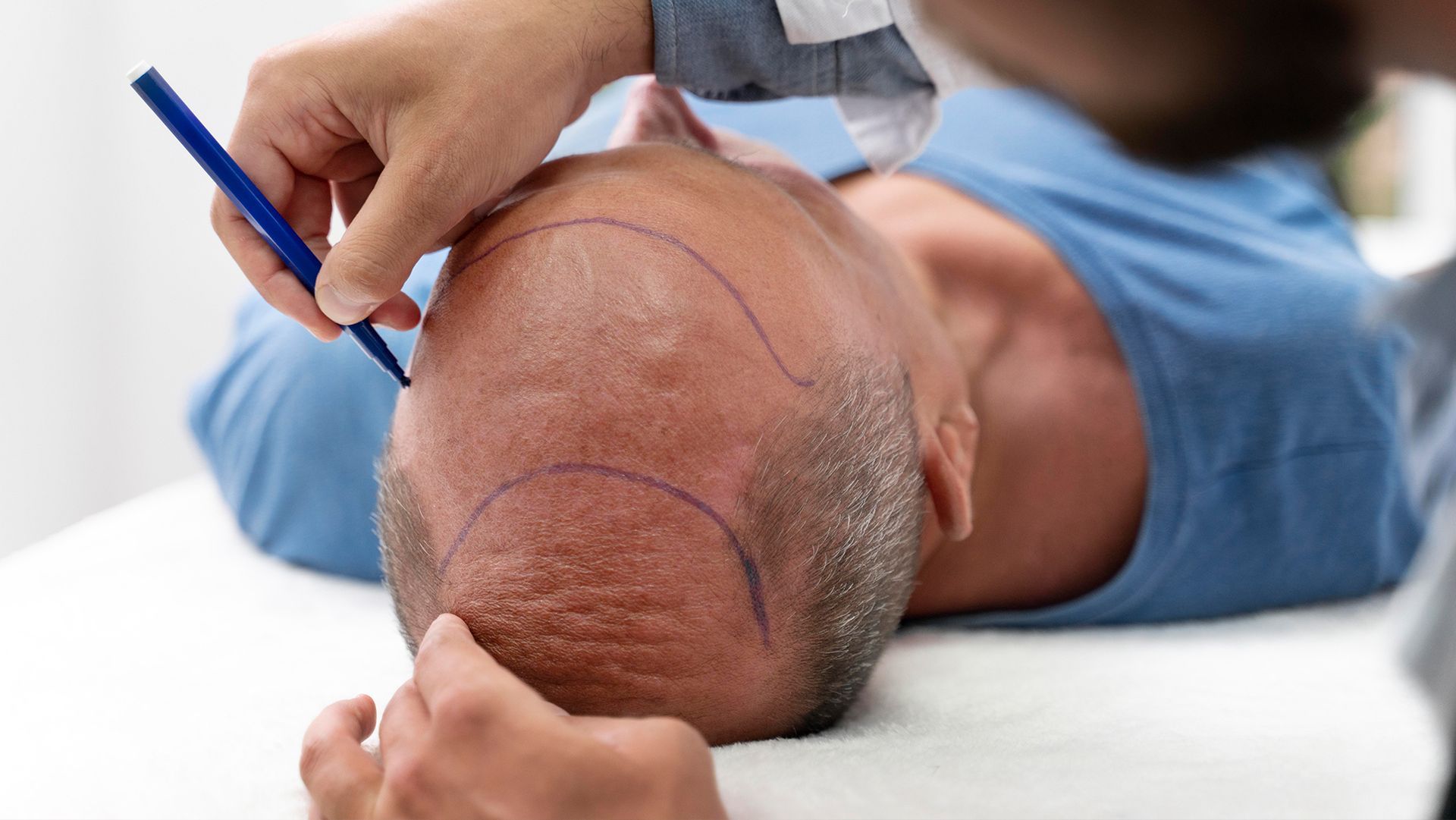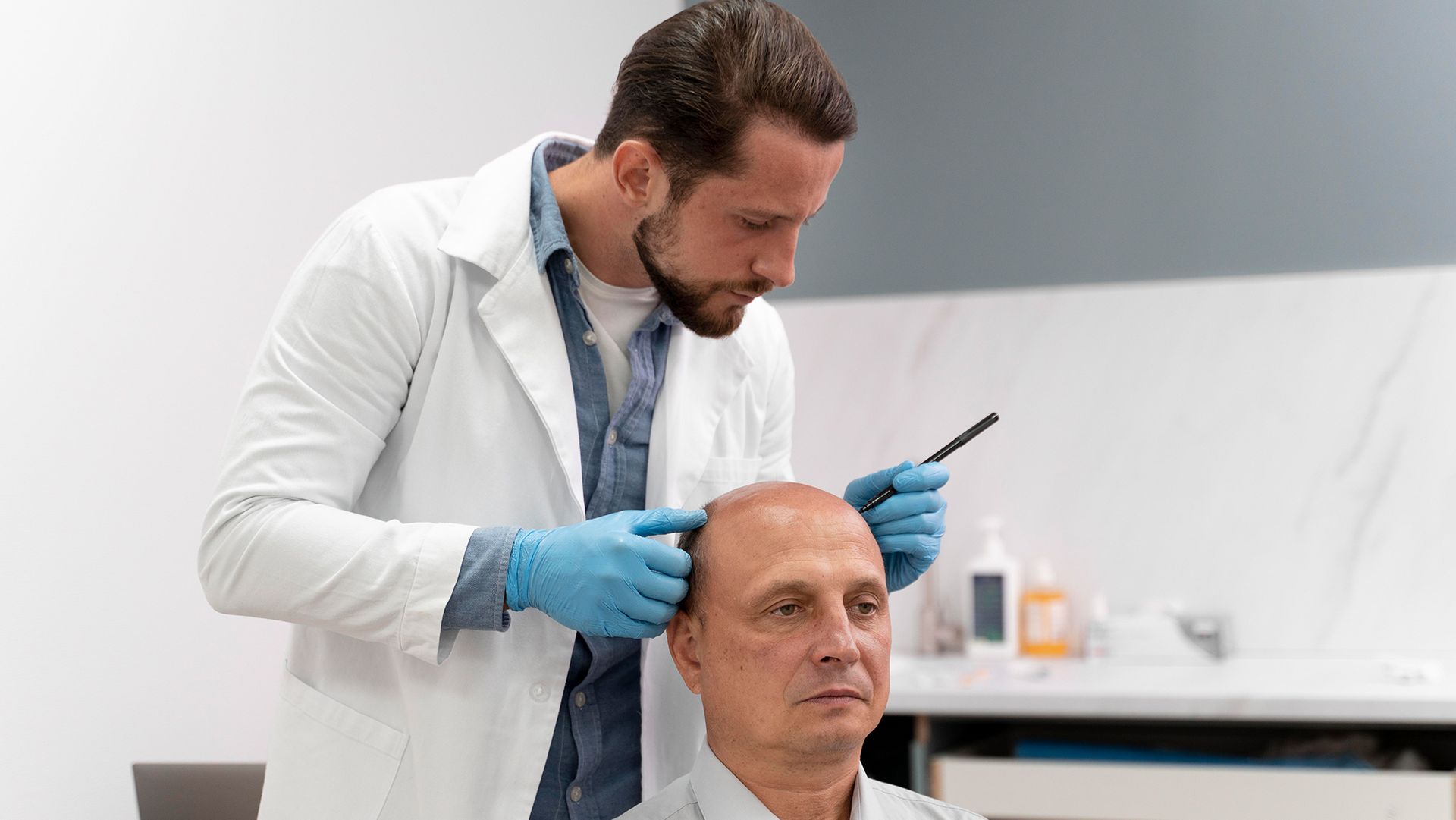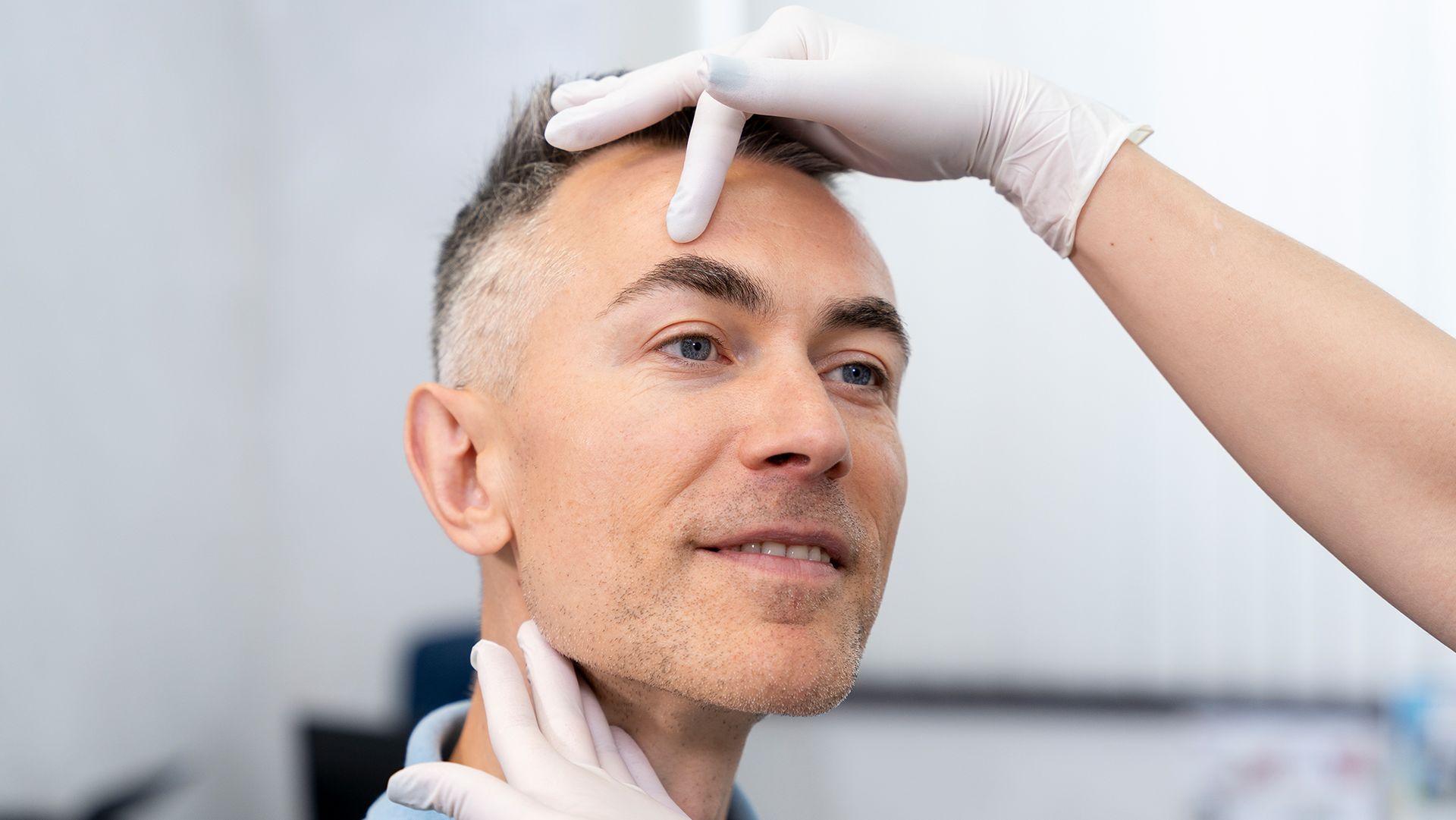Why Consider Hair Transplant for Women?

Did you know that approximately 40% of women will experience hair loss by the time they reach age 50? It's a staggering statistic, but it's one that highlights the importance of understanding hair loss treatments, especially hair transplant for women.
In this guide, we'll explore why hair transplants for women are viable solutions and share insights and practical advice to guide you through the process.
What Causes Hair Loss in Women?
Various factors, such as hormonal fluctuations, stress, genetic predispositions, and health issues, can lead to hair thinning in women. Identifying the underlying cause is crucial prior to pursuing any form of intervention. While some causes of hair loss are temporary, others might require long-term solutions like hair transplantation.
Reasons to Choose Hair Transplant for Women
Hair transplantation involves a surgical technique that transfers hair follicles from a designated 'donor site' on the body to a 'recipient site' where hair is thinning or absent. This procedure is an effective option for men and women dealing with noticeable hair loss or baldness.
Hair loss in women can significantly impact self-esteem and quality of life. While there are various treatments available, hair transplants stand out for several compelling reasons:
- Permanent Solution: Unlike topical treatments or wigs that offer temporary fixes, hair transplants provide a lasting solution to hair loss. The transplanted hair grows naturally and continues to do so for years to come.
- Natural-Looking Results: Advanced techniques in hair transplantation ensure that the results look completely natural. The direction of growth, hair texture, and color are matched to blend seamlessly with your existing hair.
- High Success Rate: Hair transplants have a high success rate, with many women experiencing significant improvements in hair density and coverage.
- Boost in Confidence: The psychological impact of hair loss cannot be understated. Restoring your hair can dramatically improve your self-image and confidence, positively affecting personal and professional interactions.
- Customizable Treatment: Procedures for hair transplantation can be customized to target particular areas of interest, such as the hairline, crown, or enhancing overall density. This bespoke method guarantees that outcomes are in harmony with your anticipated results.
- Minimal Downtime: With advancements in surgical techniques, the recovery time from a hair transplant has significantly reduced. Most women can resume their normal activities within a few days post-procedure.
While the decision to undergo a hair transplant should not be made lightly, the potential benefits are undeniable. For women struggling with hair loss, this procedure offers a way to reclaim their hair and their confidence.
FUT vs. FUE Hair Transplant Techniques
There are two primary techniques available for hair transplants - Follicular Unit Transplantation (FUT) and Follicular Unit Extraction (FUE). Each method has its advantages and disadvantages, with the best choice varying based on personal requirements and the guidance of your specialist.
In the Follicular Unit Transplantation (FUT) procedure, commonly called strip surgery, a section of the scalp is excised from the rear of the head. This section is subsequently segmented into grafts, with each graft comprising one or multiple hair follicles. These grafts are then meticulously implanted into areas experiencing hair loss.
Conversely, the
Follicular Unit Extraction (FUE) technique entails directly extracting individual hair follicles from the scalp. Following their removal, these follicles are then carefully relocated to the regions of the scalp that are thinning or balding. This method leaves minimal scarring and has a shorter recovery time than FUT.
The Hair Transplant Process
Getting a hair transplant involves several key steps, from initial consultation to post-surgery care. Let’s walk through the process to give you a clearer picture of what to expect.
- Initial Consultation
The first step towards a successful hair transplant is a comprehensive consultation with a hair loss expert. This meeting is crucial for evaluating your hair loss pattern, discussing your expectations, and determining the most suitable treatment plan. It's also an opportunity to ask questions and address any concerns you may have about the procedure
- Preparing for Surgery
On the day of the surgery, you'll be given local anesthesia in the donor and recipient areas to minimize discomfort. Depending on the technique (FUT or FUE), the procedure can take anywhere from 4 to 8 hours. During this time, you can relax, listen to music, or watch TV as the medical team works on transplanting the hair follicles.,
- Recovery and Aftercare
Post-surgery care is essential for healing and achieving the best results. You might experience some swelling, bruising, or discomfort, which is generally manageable with prescribed medication. Following the aftercare instructions, including how to wash your hair and when to resume normal activities, will support a smooth recovery.
Patience is key when waiting for the new hair to grow. It typically takes between 6 to 12 months to see significant results from the transplant. Initially, the transplanted hair will fall out, which is a normal part of the process. New, healthy hair will start to grow in its place, leading to a fuller and more natural-looking head of hair over time.
Learning about the hair transplant process step by step helps clear up what you can expect, making it easier for you to get back fuller hair and feel more confident.
Choosing the Right Clinic and Surgeon
The effectiveness of a hair transplant is significantly influenced by the competence and expertise of the surgeon, as well as the clinic's technological advancements and methodology in caring for patients. Here are some tips for choosing the right clinic:
- Research and Reviews: Start by researching clinics that specialize in hair transplant for women. Read reviews and testimonials from previous patients.
- Consultations: Schedule consultations with potential surgeons to discuss their experience, view before-and-after photos and understand their approach to hair transplantation.
- Credentials and Qualifications: It's important to confirm the qualifications, credentials, and affiliations of the surgeon with reputable bodies, like the International Society of Hair Restoration Surgery (ISHRS).
4. Comfort Level: Making sure that you have a sense of comfort and trust with both the surgeon and their clinic team is crucial. Effective communication and trust are fundamental for achieving a positive result from the procedure.
Selecting a clinic and surgeon that aligns with your needs and expectations is crucial, as this choice lays the foundation for a successful and satisfying hair transplant experience.
If you're considering a hair transplant or seeking advice on managing hair loss, we encourage you to
visit Yates MD. With a focus on innovative treatments and personalized care, we offer comprehensive solutions tailored to meet your unique needs and goals.
Hair loss is a challenge that many women face. However, advancements in hair restoration, particularly hair transplant surgery, have opened new doors for those seeking solutions. By understanding the process, women can approach hair transplantation with confidence and optimism.
If you're considering this life-changing procedure, remember that you're not alone. Resources and experts are available to guide you every step of the way toward achieving the fuller, healthier hair you've been dreaming of. Embrace the opportunity for change and take the first step towards a more confident and fulfilled you.
Conclusion: Hair Transplant for Women
Hair loss is a challenge that many women face. However, advancements in hair restoration, particularly hair transplant surgery, have opened new doors for those seeking solutions. By understanding the process, women can approach hair transplantation with confidence and optimism.
If you're considering this life-changing procedure, remember that you're not alone. Resources and experts are available to guide you every step of the way toward achieving the fuller, healthier hair you've been dreaming of. Embrace the opportunity for change and take the first step towards a more confident and fulfilled you.









